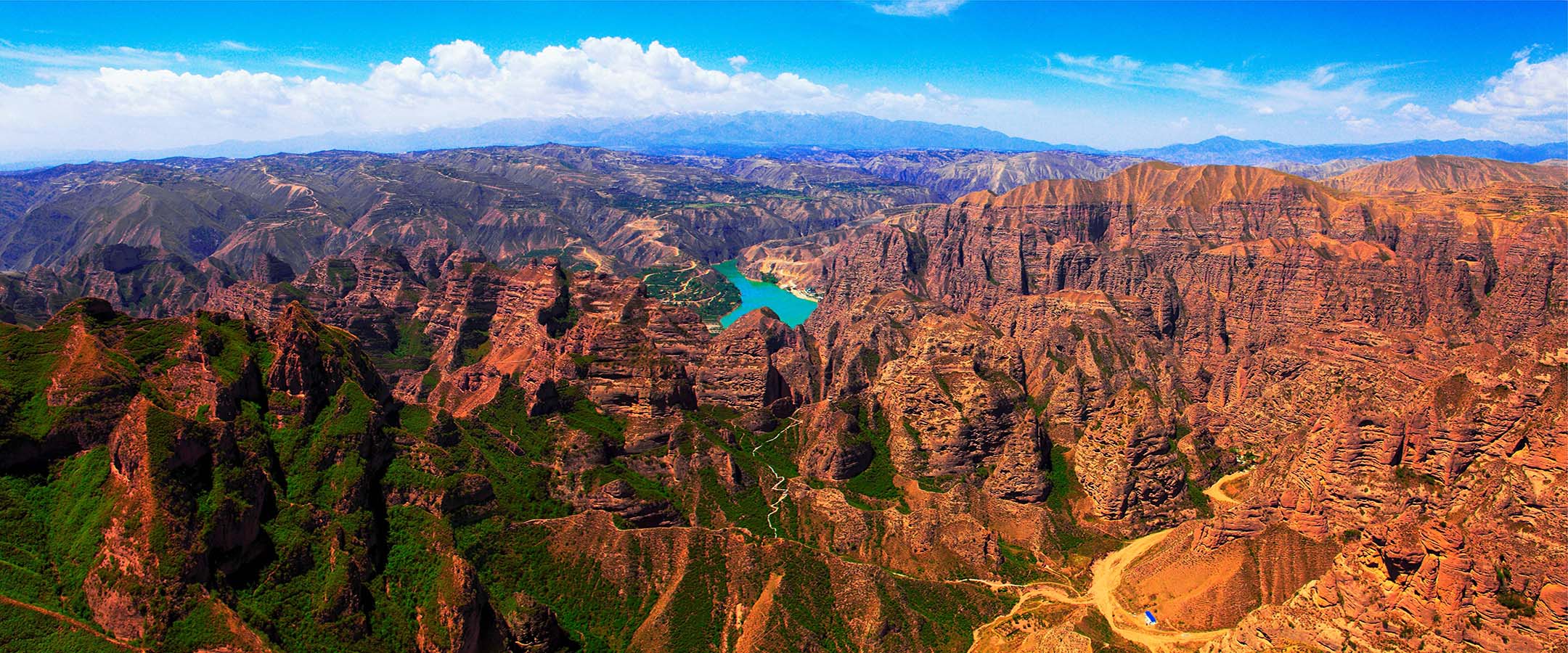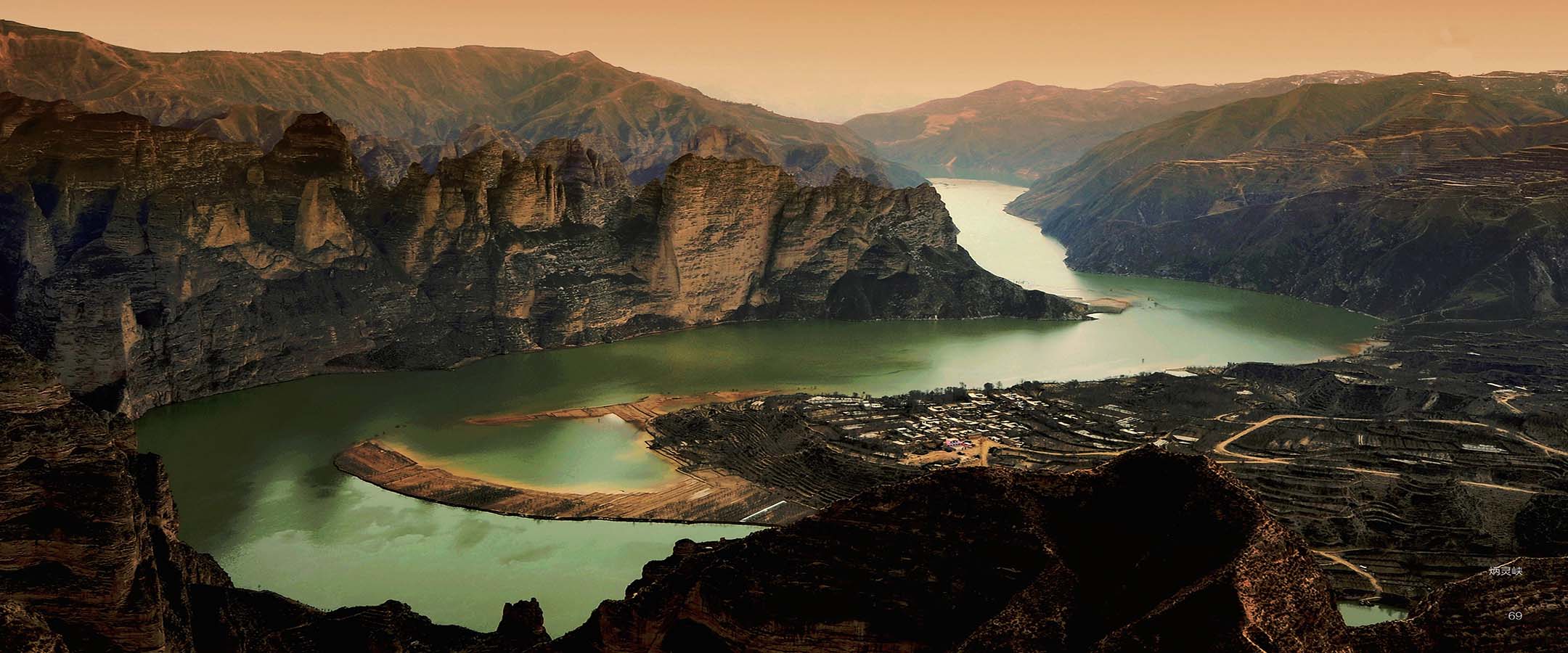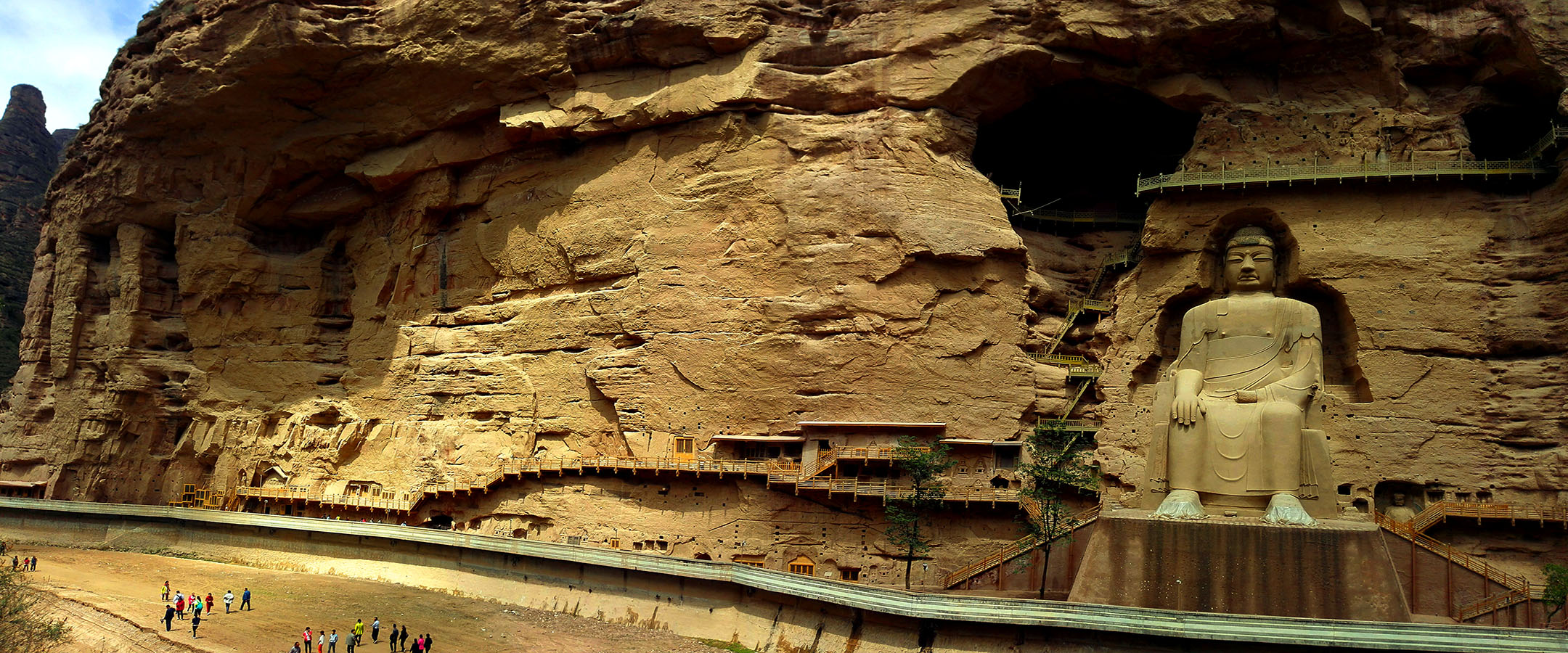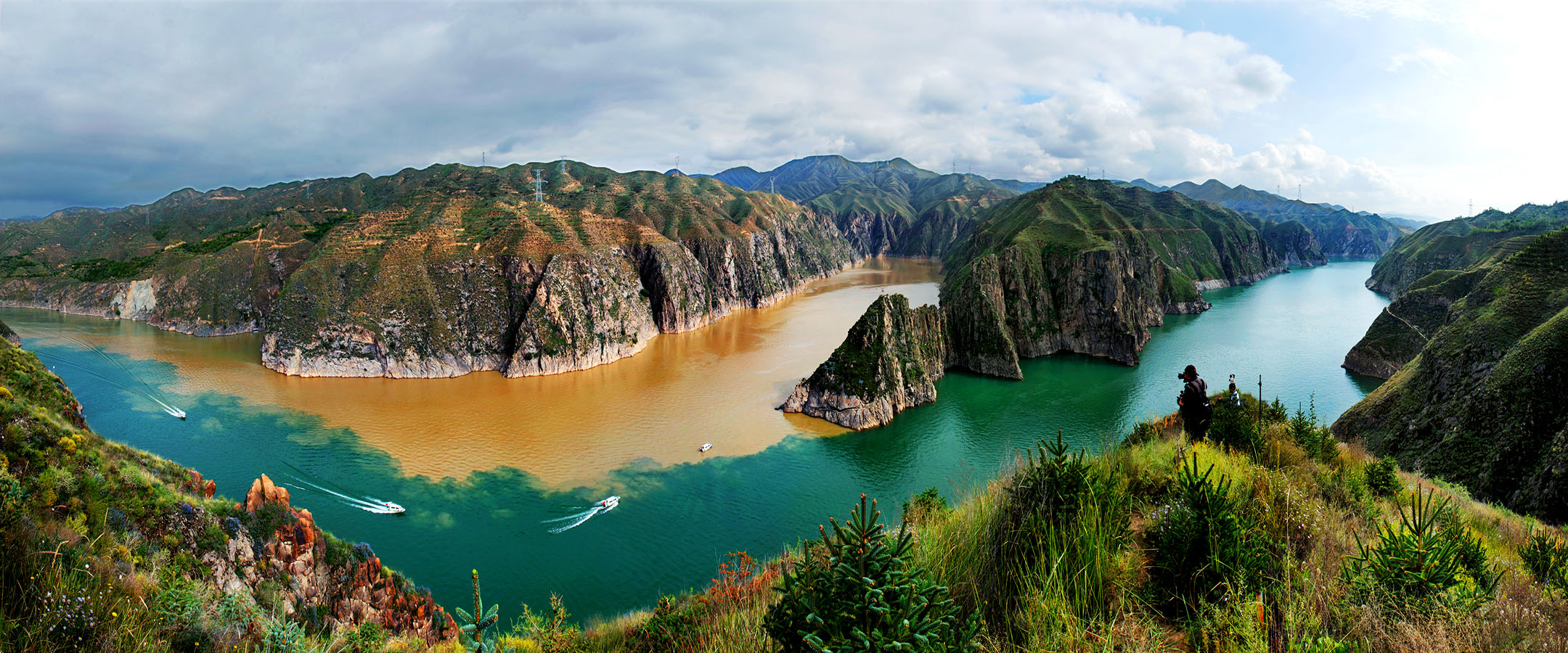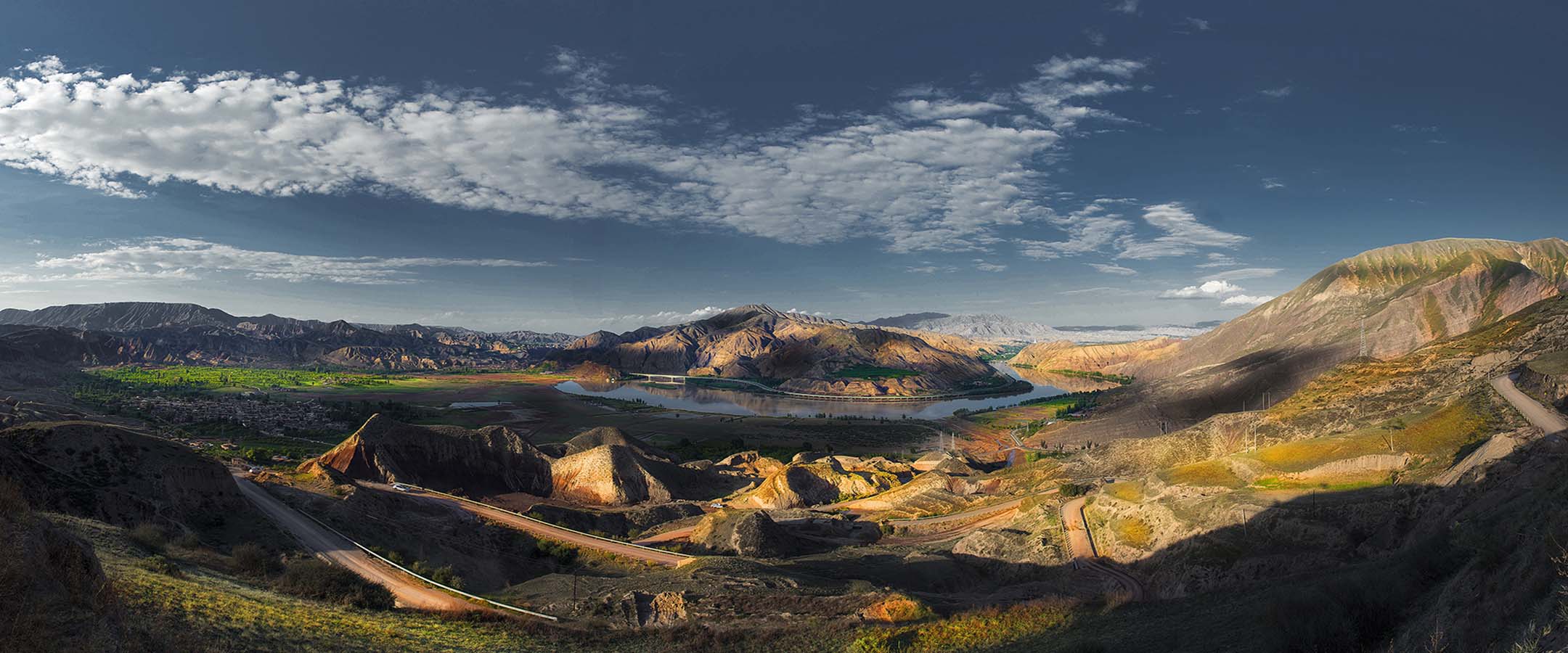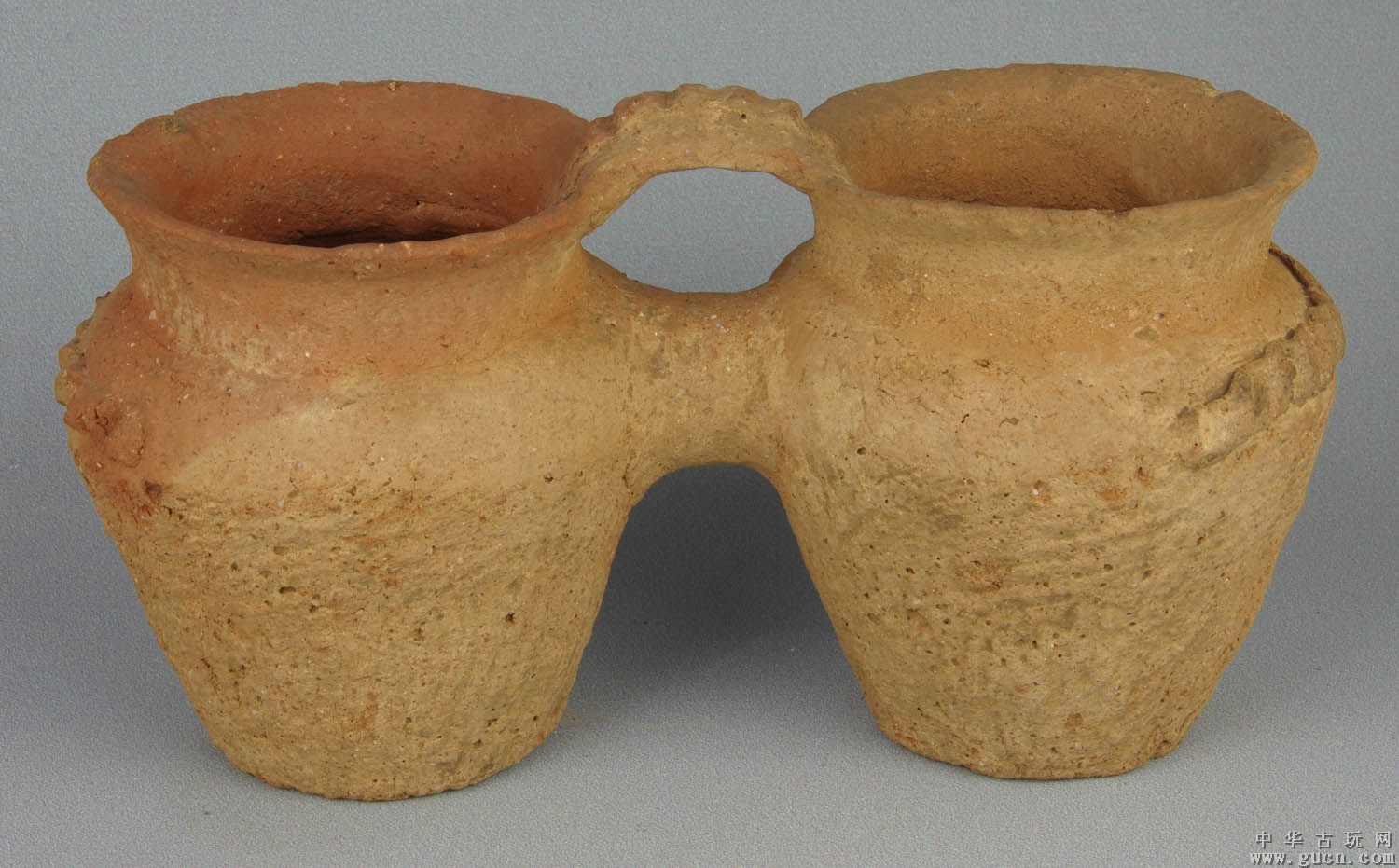
齐家文化是以甘肃为中心的新石器时代晚期文化,并且已经进入铜石并用阶段,其名称来自其主要遗址甘肃广河县齐家坪遗址。齐家坪遗址于1924 由考古学家安特生所发现。时间跨度约为公元前2200年至公元前1600年,是黄河上游地区一支具有特殊价值的考古学文化,也是华夏文明的重要来源。其主要分布于甘肃东部向西至张掖、青海湖一带东西近千公里范围内,地跨甘肃、宁夏、青海、内蒙古等4省区。
齐家文化源自马家窑文化 和常山下层文化 ,马家窑文化和常山下层文化都是仰韶文化庙底沟类型发展而来。
Qijia culture is a late Neolithic culture centered in Gansu province and has entered the stage of copper-stone use age. It was named after Qijiaping Site in Guanghe County, Gansu Province. The Qijiaping site was discovered in 1924 by the archaeologist Anderson. It is an archaeological culture of special value in the upper reaches of the Yellow River and an important source of Chinese civilization. It is mainly distributed from the east of Gansu to the west of Zhangye, and Qinghai Lake district, which covered a thousand kilometers from west to east. Its distribution cross provinces such as Gansu, Ningxia, Qinghai, Inner Mongolia and etc.
The Qijia culture originated from the Majiayao culture and the lower part of Changshan culture, both of which were developed from the Yangshao culture.

